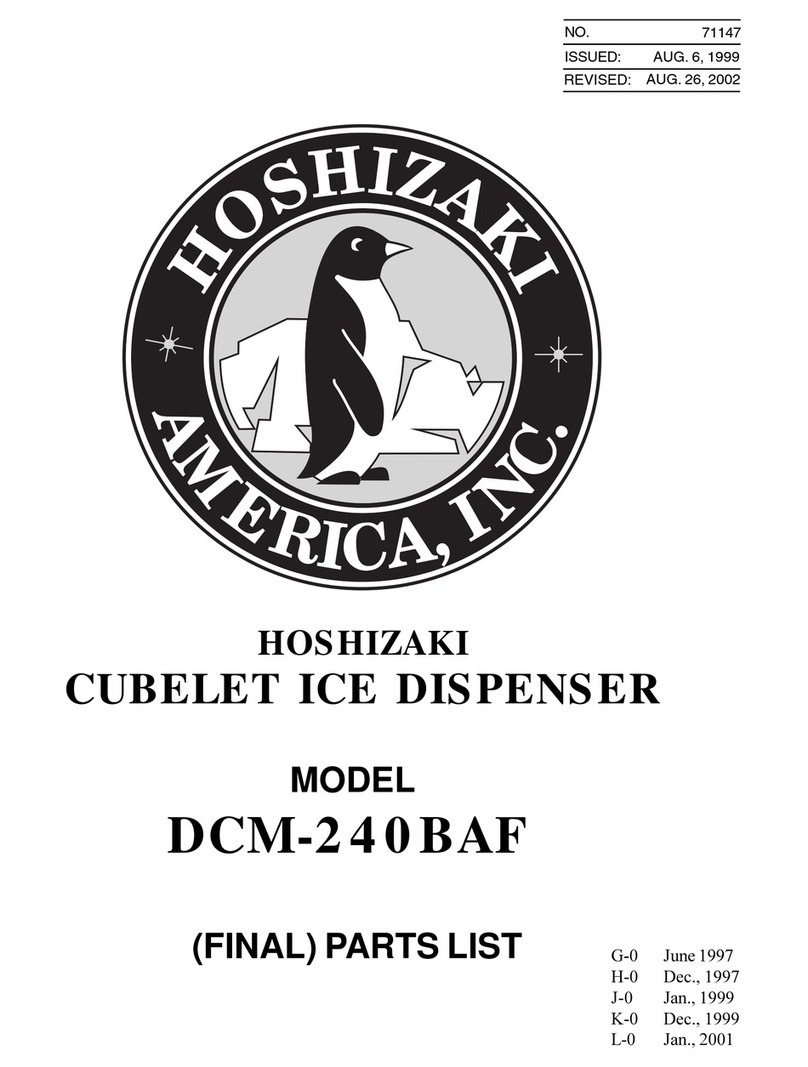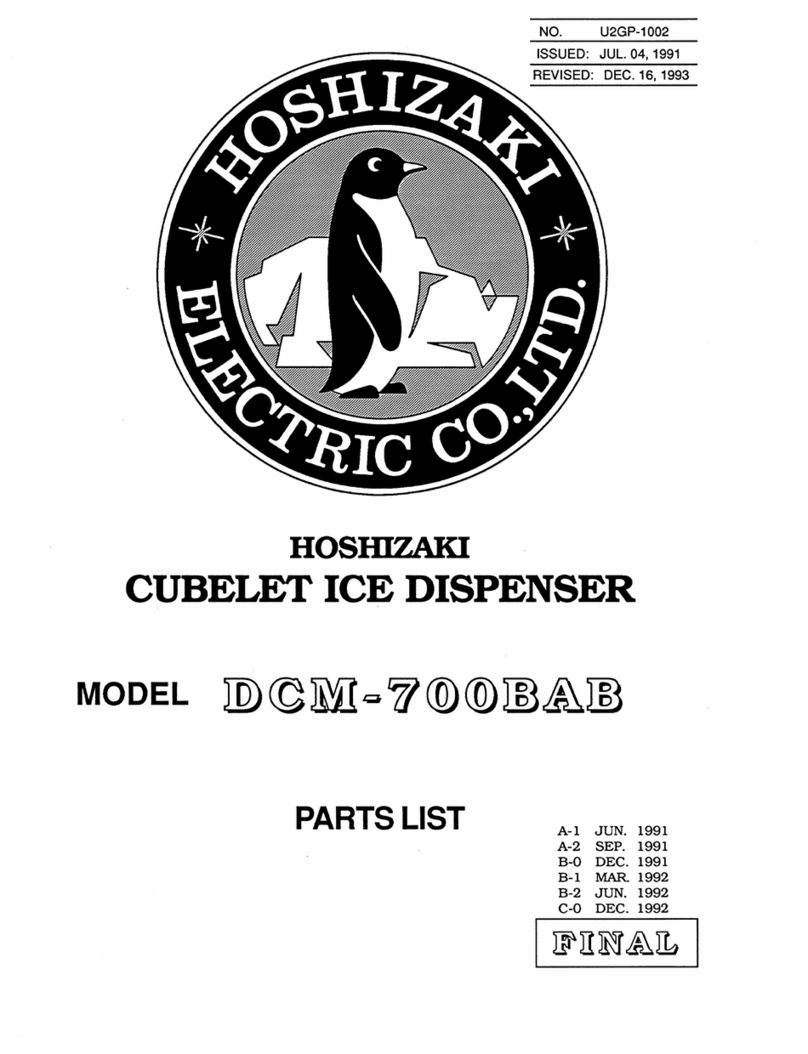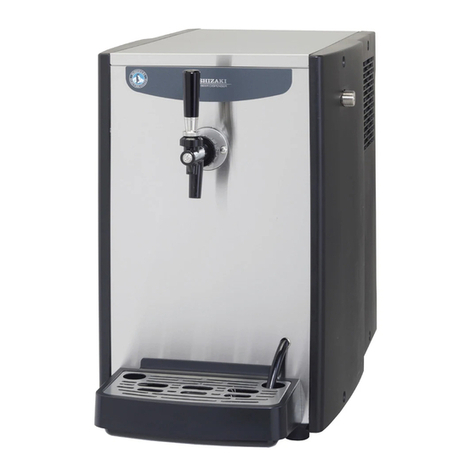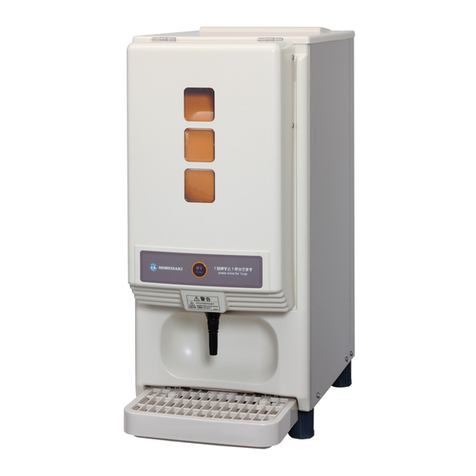
1
GENERAL INFORMATION
1. SAFETY INSTRUCTIONS
The following instructions contain important safety precautions and should be strictly
observed. The terms used here are defined as follows:
WARNING: There is a possibility of death or serious injury to the service person and a
third party or the user due to improper service operations or defects in
serviced products.
CAUTION: There is a possibility of injury to the service person and a third party or the
user or damage to their property* due to improper service operations or
defects in serviced products.
* The term “damage to their property” here refers to extensive damage to household effects,
houses and pets.
WARNING
1. Always ask the user to keep children away from the work area. They may be injured by
tools or disassembled products.
2. When there is no need to energize the unit during disassembly or cleaning, be sure to
unplug the unit or disconnect the main power supply before servicing the unit to prevent
electric shocks.
3. If the unit must be energized for inspection of the electric circuit, use rubber gloves to
avoid contact with any live parts resulting in electric shocks.
4. Keep the following in mind when servicing the refrigeration circuit:
(1) Be sure to recover the refrigerant. Do not discharge it into the atmosphere. It will
affect the environment.
(2) Check for any flames in the vicinity, and ensure good ventilation.
(3) If the refrigerant should leak in servicing, immediately put out any fire used in the
vicinity.
(4) When unbrazing the refrigeration circuit connections, check that the circuit is
completely evacuated. The refrigerant may produce a poisonous gas when
coming in contact with an open flame.
(5) Do not braze in an enclosed room to prevent carbon monoxide poisoning.
(6) In case of a refrigerant leak, locate and repair the leaking part completely before
recharging the refrigerant and checking for further leaks. If the leaking part cannot
be located, be sure to check again for further leaks after recharging the refrigerant.
Leaked refrigerant may produce a poisonous gas when coming in contact with an
open flame of a gas cooking stove or a fan heater.
































